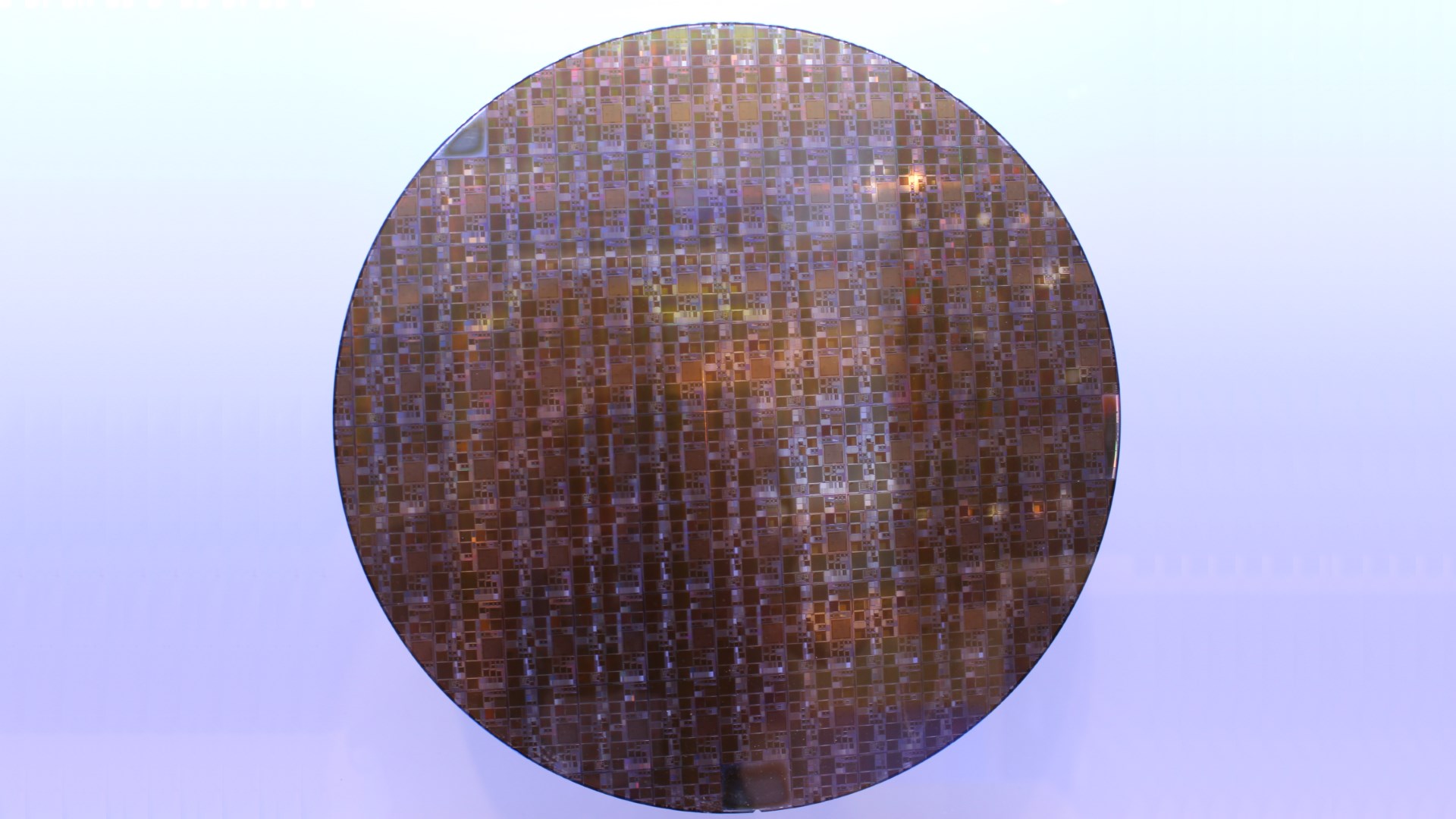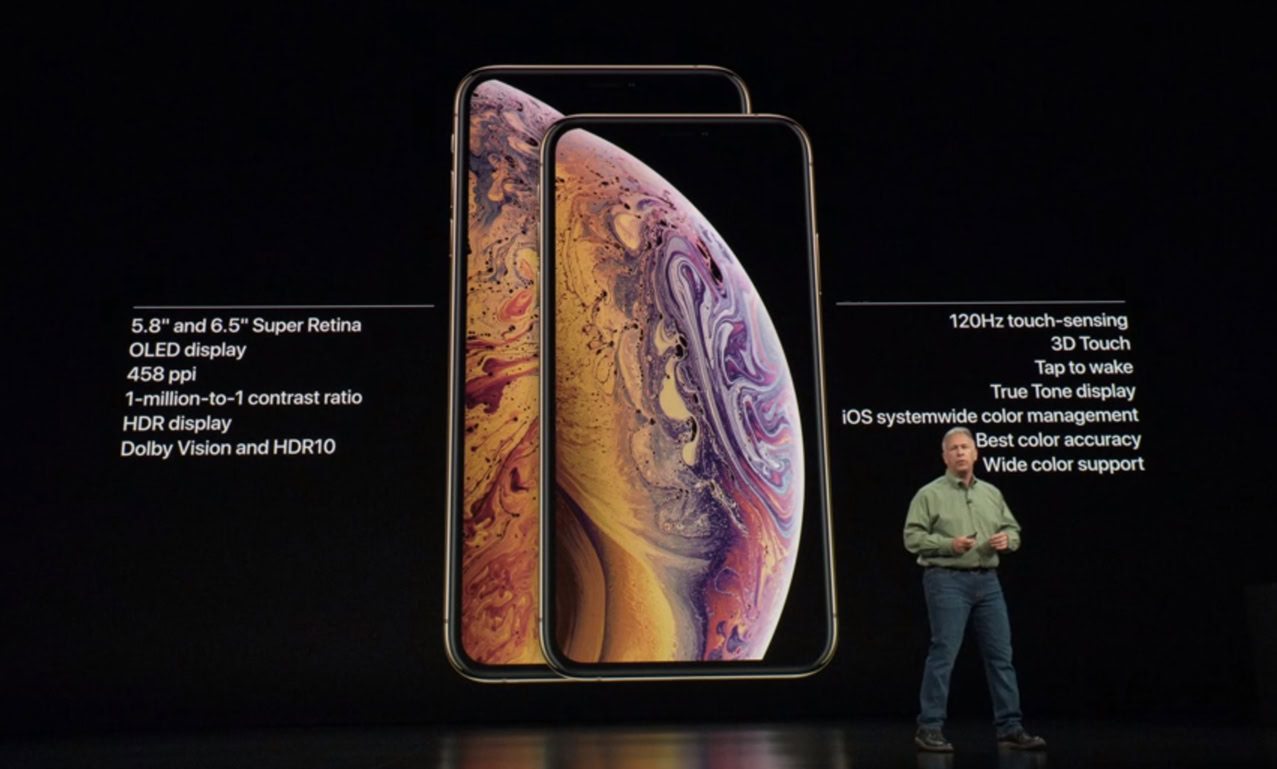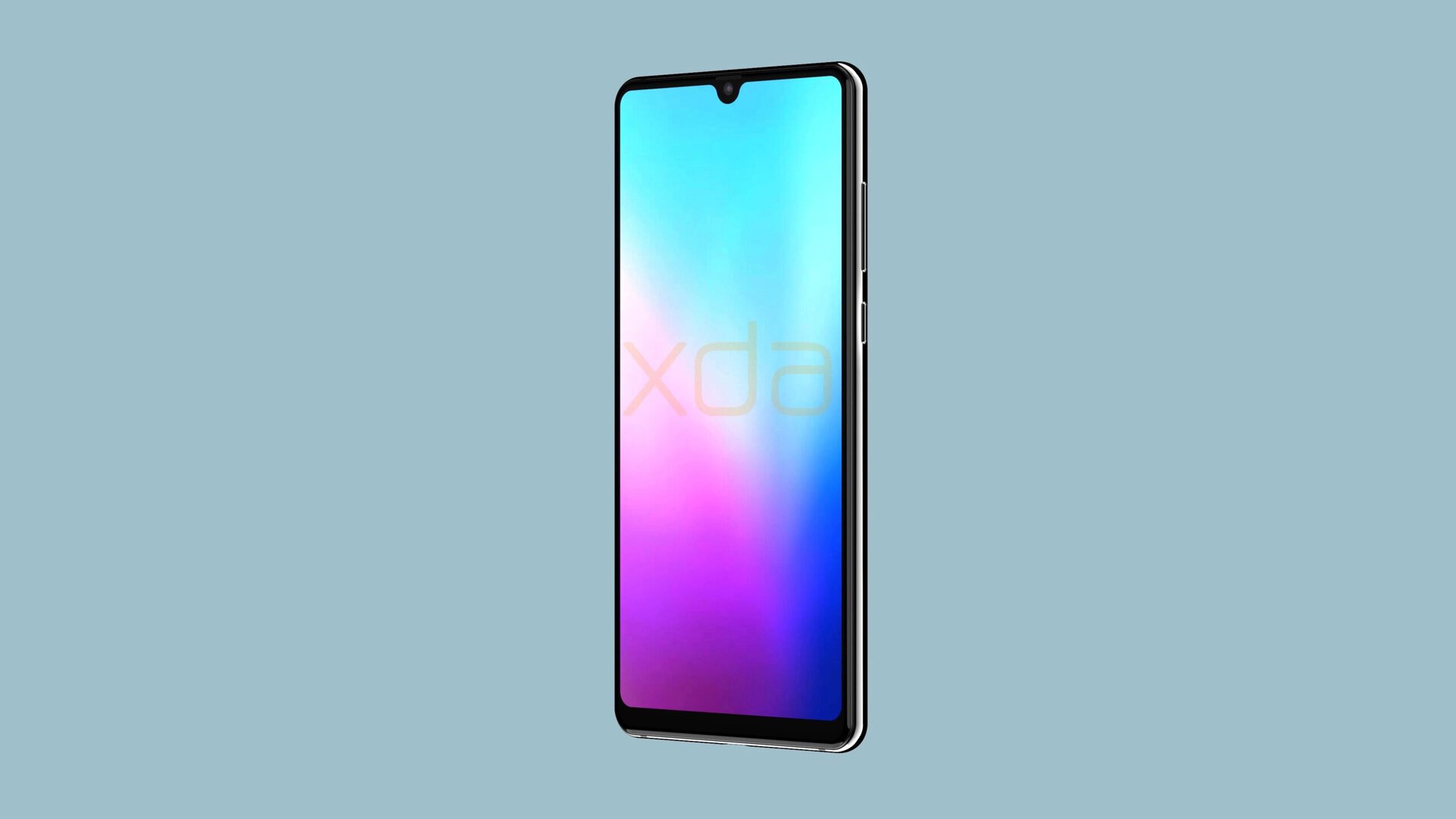Affiliate links on Android Authority may earn us a commission. Learn more.
Apple: We’ve made the most powerful smartphone chip, HUAWEI: Hold my beer

- HUAWEI says its Kirin 980 chipset will outperform the A12 Bionic chip found in the new iPhone series.
- The Chinese firm’s statements arrive despite Apple announcing the A12 as “the smartest, most powerful” smartphone chip.
- We don’t know in which ways the Kirin 980 is apparently superior to the A12.
Huawei claims its upcoming Kirin 980 chip will be better than A12 Bionic the new iPhones are packing, despite Apple having only weeks ago revealed its chip as “the smartest, most powerful chip in a smartphone.” Huawei’s comment arrived during a recent product brief in Dubai, via TechRadar (though the website didn’t provide an exact quote).

HUAWEI announced its new 7nm chipset at IFA in early September alongside an October 16 reveal date for its Mate 20 Pro flagship phone. At the time, HUAWEI was keen to tout its superiority over the Snapdragon 845, Qualcomm’s most recent flagship chip (see how their specs compare in the table below). Now, it’s Apple’s turn to come under fire.
| HiSilicon Kirin 980 | Qualcomm Snapdragon 845 | |
|---|---|---|
CPU | HiSilicon Kirin 980 2x Cortex-A76 @ 2.6GHz 2x Cortex-A76 @ 1.92GHz 4x Cortex-A55 @ 1.8GHz (4MB shared L3 cache) | Qualcomm Snapdragon 845 4x Kryo 835 (Cortex-A75) @ 2.8GHz 4x Kryo 835 (Cortex-A55) @ 1.7GHz (2MB shared L3 cache) |
GPU | HiSilicon Kirin 980 Mali-G76 MP10 | Qualcomm Snapdragon 845 Adreno 630 |
AI processing unit | HiSilicon Kirin 980 2x NPU | Qualcomm Snapdragon 845 Hexagon 685 DSP with HVX |
RAM | HiSilicon Kirin 980 LPDDR4X @ 2133MHz | Qualcomm Snapdragon 845 LPDDR4X @ 1866MHz |
LTE modem | HiSilicon Kirin 980 LTE Cat 21 1.4Gbps down / 200Mbps up | Qualcomm Snapdragon 845 LTE Cat 18 1.2Gbps down / 150Mbps up |
Process | HiSilicon Kirin 980 TSMC 7nm FinFET | Qualcomm Snapdragon 845 TSMC 10nm FinFET |
Apple launched the 7nm A12 with its new iPhones only a couple of weeks ago. While we don’t have a set of hard specs to compare, we do know the A12 includes a hexa-core CPU with what it calls two “performance” cores and two “efficiency” cores (we don’t know the clock speeds), a quad-core GPU, and an octa-core neural engine for AI, said to be capable of five trillion operations per second.
The A12 Bionic also packs 6.9 billion transistors, just like the Kirin 980.

Will the Kirin 980 be the better smartphone chip?
It’s hard to really qualify “better” — especially in the absence of cold chipset numbers for the Apple A12, and a clear reference point. The Kirin 980 could be faster, more energy efficient, better value, have more significant implications for AI, have superior connectivity, or have something else going for it that the A12 lacks.
With that in mind, Apple’s custom CPU and GPU designs already have a significant performance advantage over off-the-shelf Arm parts available to HUAWEI. So it’s unlikely that the Kirin 980 is going to overtake Apple in terms of single core CPU or gaming GPU performance.

Where HUAWEI may be able to eek out an advantage is in multi-core CPU performance and scale-able energy efficiency, owing to the 2+2+4 (big, medium, little) DynamIQ CPU configuration. Theoretically, this could handle a wider variety of workloads with more optimal power consumption than Apple’s 2+4 design.
Neural Networking performance could be another possible win for HUAWEI. The company already had a powerful NPU in the Kirin 970 and has more than doubled up the performance in the Kirin 980. The problem with this measurement though is that NPU or “AI” use cases are few and far between, and as a result performance metrics are almost impossible to compare between the two chips
Regardless, if HUAWEI is serious about its Kirin 980 claim, let’s hope it’s about more than how fast it can launch an app. Smartphone chips have been displaying incredible powerful for years now and the observable performance difference between modern flagships is in the margins; being several milliseconds faster than another chip isn’t much to brag about.